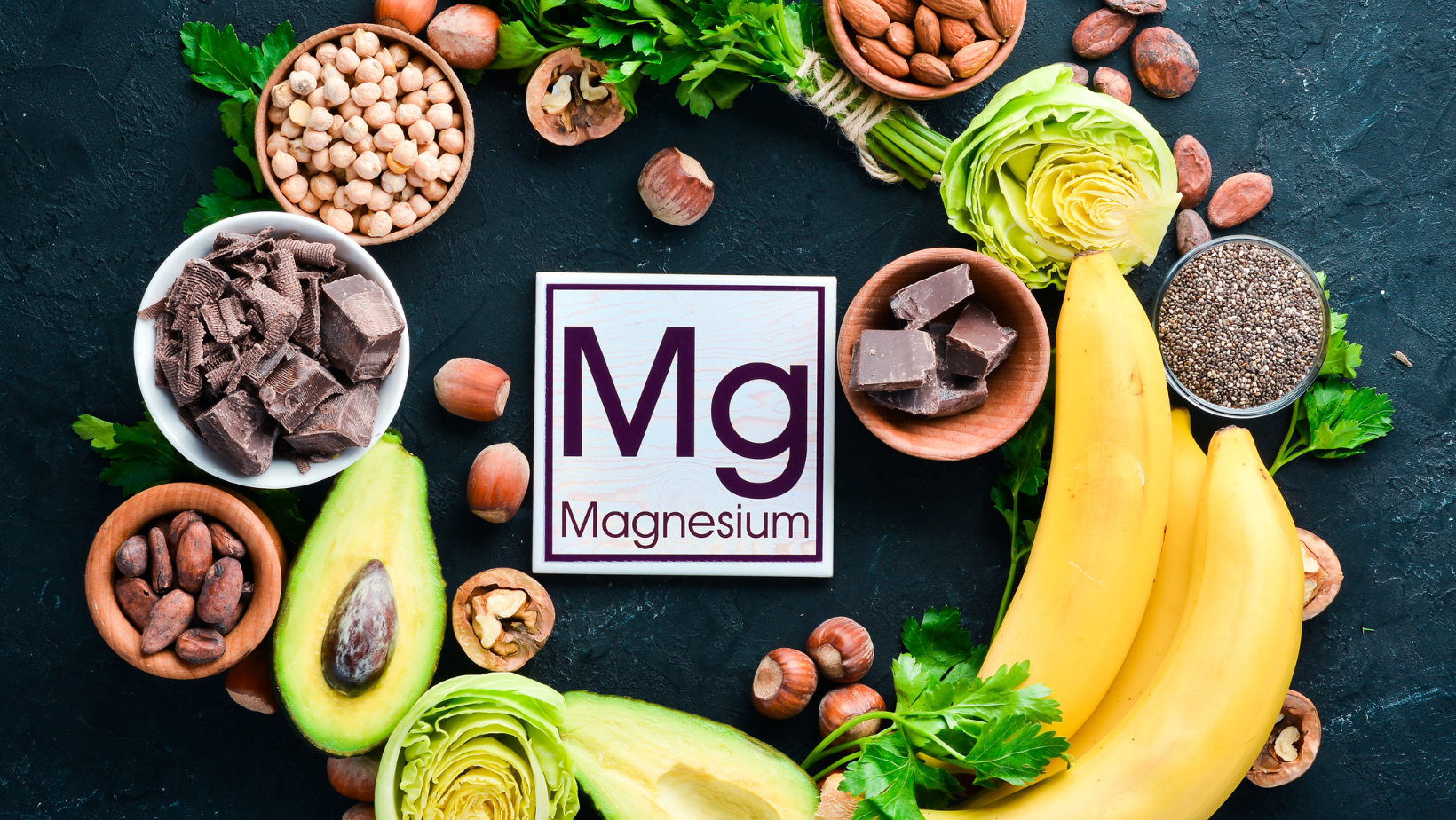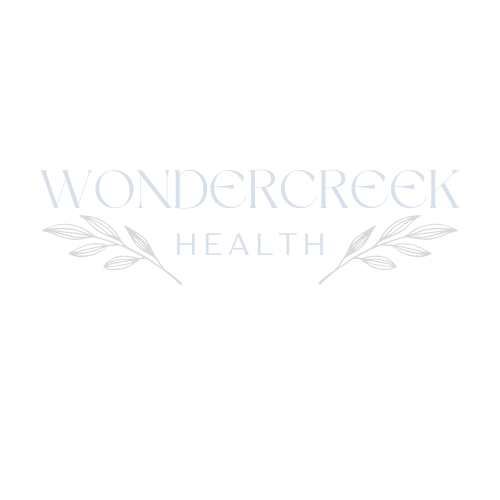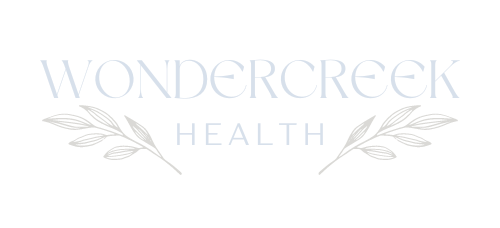How the Decline of Progesterone in Perimenopause Affects Your Body and What You Can Do About It

Estrogen gets so much attention in the conversation of women's hormones, but too often progesterone does not get the attention it deserves! Today, we’re exploring how progesterone, often the first hormone to decline during perimenopause, affects our bodies and contributes to the symptoms many of us experience during this transition.
Progesterone: The First to Fall
Progesterone is a hormone produced primarily by the ovaries following ovulation each month. Its primary roles include:
- Regulating the menstrual cycle
- Supporting early pregnancy
- Balancing the effects of estrogen
During perimenopause, the process leading up to menopause, progesterone levels begin to decline earlier and more significantly than estrogen. This decline can start as early as the late 30s or early 40s, even if periods remain regular.
Symptoms of Low Progesterone
The decline in progesterone levels can lead to various symptoms, often signaling the beginning of perimenopause. These symptoms include:
- Irregular Periods: Progesterone helps regulate the menstrual cycle, so its decline can cause irregular periods or changes in menstrual flow.
- Sleep Disturbances: Progesterone has a calming effect on the brain, promoting restful sleep. Lower levels can lead to insomnia or disturbed sleep patterns.
- Mood Swings and Anxiety: Reduced progesterone levels can lead to mood swings, irritability, and increased anxiety, as it plays a role in stabilizing mood.
- PMS-like Symptoms: Women might experience more intense premenstrual symptoms, such as bloating, breast tenderness, and headaches.
- Hot Flashes and Night Sweats: While commonly associated with estrogen, fluctuating progesterone levels can also contribute to these symptoms.
The Physiology Behind Progesterone Decline
The decline in progesterone is primarily due to fewer ovulations as women age. Without ovulation, the corpus luteum (which produces progesterone) does not form, leading to lower progesterone levels. This imbalance between estrogen and progesterone is often referred to as "estrogen dominance," which can exacerbate symptoms.
Managing Symptoms of Low Progesterone
- Lifestyle Changes
- Diet: Eating a balanced diet rich in whole foods can support hormone health. Include plenty of fruits, vegetables, whole grains, and lean proteins.
- Exercise: Regular physical activity helps balance hormones, reduce stress, and improve sleep.
- Stress Management
- Relaxation Techniques: Practices like yoga, meditation, and deep breathing can help manage stress and improve overall well-being.
- Adequate Sleep: Prioritize good sleep hygiene to support hormone balance.
- Supplements and Natural Remedies
- Chasteberry: This herb has been said to help balance progesterone levels and alleviate symptoms.
- Magnesium and Vitamin B6: These nutrients support hormone balance and can reduce symptoms like irritability and mood swings.
- Hormone Replacement Therapy (HRT)
- Bioidentical Progesterone: For some women, supplementing with bioidentical progesterone can help restore balance and alleviate symptoms. Consult with your menopause doctor to see if this option is right for you.
Conclusion
Understanding the role of progesterone and its decline during perimenopause can help you navigate this transition more effectively. By recognizing the symptoms and implementing strategies to manage them, you can maintain your quality of life and well-being during this phase.
Stay informed, take proactive steps, and consult with your healthcare provider to find the best approach for managing your symptoms.
Warm regards,
Dr. Anna
WonderCreek Health Blog



